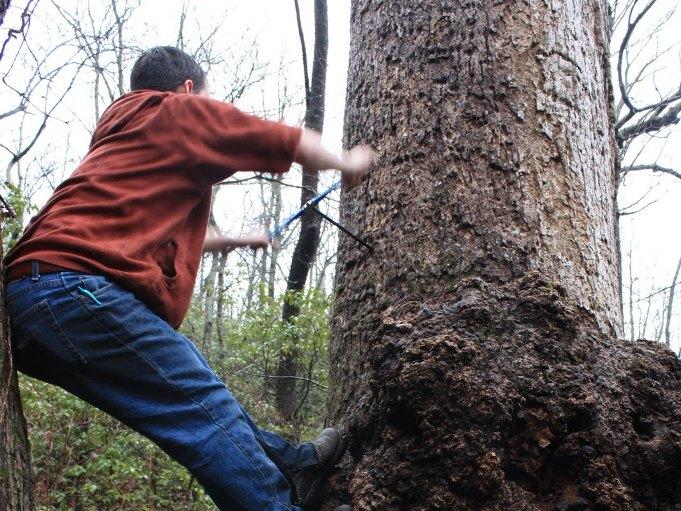
Section Branding
Header Content
Tree Rings Show Unusually Wet Century
Primary Content

New research shows droughts in Georgia’s Apalachicola-Chattahoochee-Flint River basin over the last 350 years were longer and more frequent than recent dry periods.
The study of tree ring data, published in Environmental Research Letters, shows the last few decades of drought aren’t unusual; in fact, the 20th century was pretty wet relative to the 1700s, for example. And the basin experienced frequent and extended drought from the late 1600s to the early 1800s.
All of that means water plans based on measurements from the last hundred years or so might not reflect how much moisture is typically available, said researcher Neil Pederson with the Lamont-Doherty Earth Observatory Tree Ring Research Lab at Columbia University. He said scientists can’t say what will happen in the future, but it’s important we know what’s possible.
“The 16th century was a very bad time all through the southeast. The 11th century looks to have been a very bad time throughout the southeast,” Pederson said. “We need to be prepared for that because it could happen again.
“That’s the main point of the paper.”
Pederson, other scientists and students looked at tree rings to assess how much water was available in the basin over the last 350 years (see the raw data here). He said most scientists know that the droughts were drier and the wet periods were wetter in the past. But the study can be a wake-up call for the public, prompting new ideas to prepare for less water.
“When you have these droughts, then necessity is the mother of invention, right? So we can come up with new technologies, new policies and we can adapt. The human brain is amazing,” Pederson said.
The latest update from the U.S. Drought Monitor shows recent rain has eased some of Georgia’s dryness. Still, “exceptional” drought persists in an area stretching from southwest Georgia to Augusta.
Tags: drought, drought monitor, georgia drought, Neil Pederson, Tree Ring Research Lab
